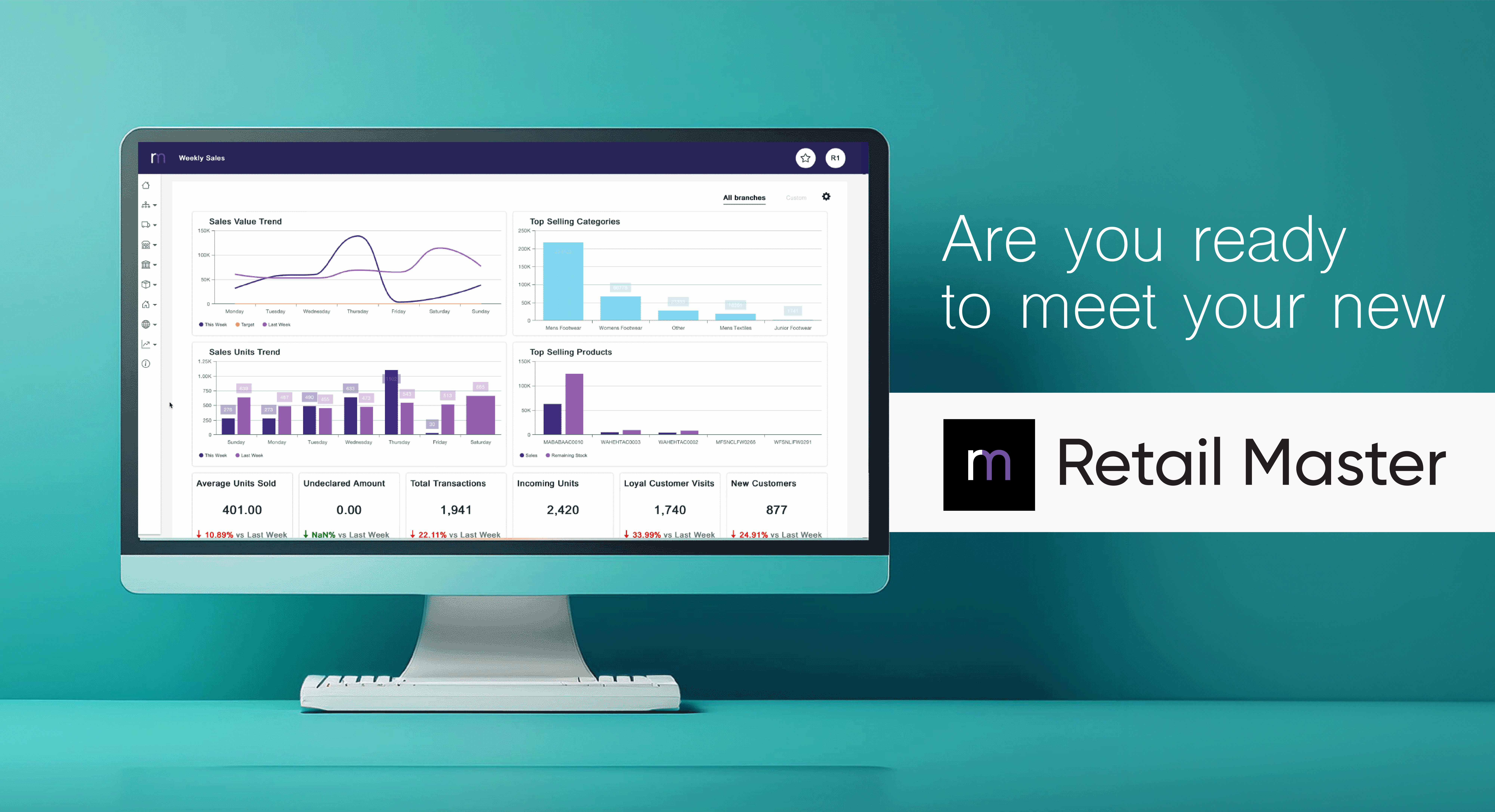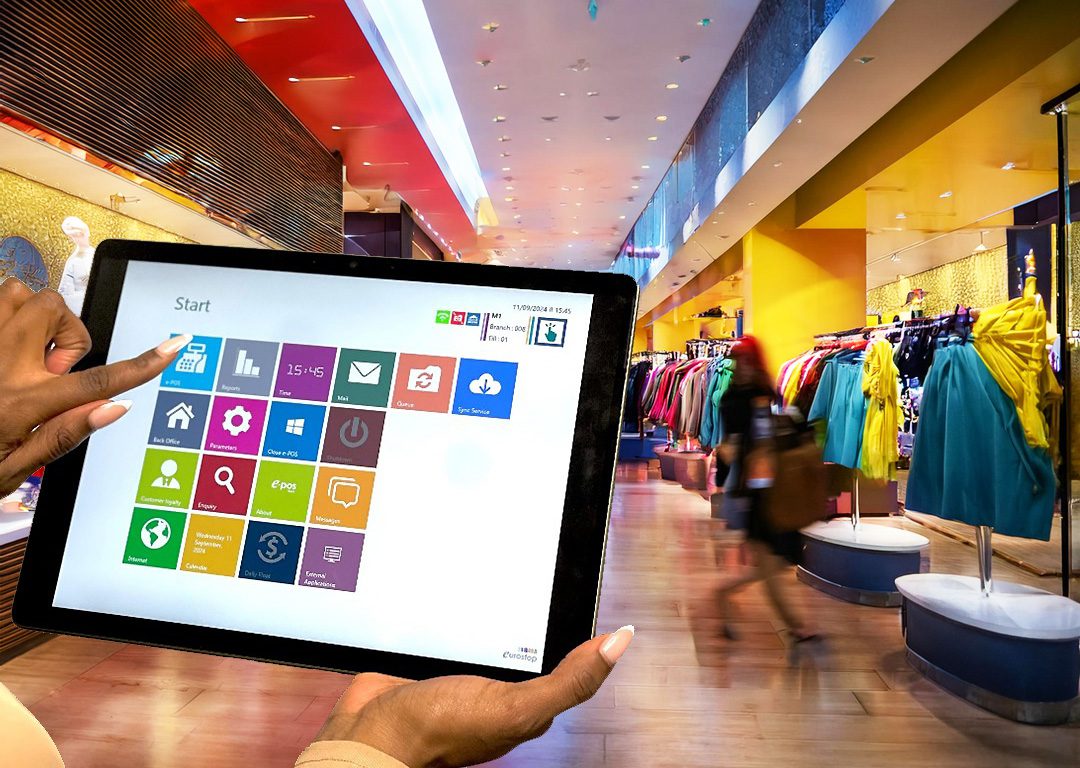In the competitive world of retail, making a memorable first impression is crucial for converting foot traffic into sales. Visual merchandising serves as a strategic tool to achieve this goal, encompassing the art and science of presenting products in a way that not only attracts attention but also enhances the overall shopping experience.
This comprehensive approach involves everything from crafting enticing storefront displays to strategically arranging products and using compelling signage within the store environment. That’s why the retail experts from Eurostop have collected some key insights for you here.
What Exactly is Visual Merchandising?
Visual merchandising is more than just arranging products on shelves; it’s a holistic approach to retail design aimed at creating an inviting and immersive shopping experience. By leveraging various design principles and techniques, retailers can effectively communicate their brand’s identity, highlight key products, and ultimately drive sales. At its core, visual merchandising involves:
Strategic Signage: Utilising signage and graphics to provide information about products, promotions, and the brand story is crucial to your visual merchandising campaign. Well-designed signage not only guides customers through the store but also reinforces your brand identity and enhances their overall shopping experience.
Attractive Displays: Carefully curating product displays to showcase merchandise in an appealing and enticing manner will grab the attention of potential customers. This includes using mannequins, props, planograms, and themed arrangements to create visually compelling scenes that resonate with customers.
Who Creates Visual Merchandising Campaigns?
Visual merchandising is typically overseen by dedicated professionals. These individuals combine creative flair with analytical skills to design captivating displays that align with a brand’s marketing objectives. In larger retail chains, visual merchandisers collaborate closely with marketing teams to ensure consistency across various store locations. Conversely, independent retailers have the flexibility to tailor their visual merchandising strategies to reflect their unique brand identity and customer demographics.
In addition to physical stores, visual merchandisers play a crucial role in enhancing the online shopping experience. By optimising product presentations and user interface designs, they aim to replicate the immersive qualities of a physical store environment in the digital realm.
What’s the Goal of Visual Merchandising?
Visual merchandising serves as a strategic tool in retail to achieve several interconnected goals, all aimed at enhancing the overall customer experience and driving business success.
Captivating Attention
One of the primary objectives of visual merchandising is to attract and engage customers from the moment they approach the store. Eye-catching displays and compelling storefront designs not only draw customers in but also differentiate the store from competitors. By creating a visually stimulating environment, retailers can capture the attention of potential customers and encourage them to explore further.
Enhancing Brand Identity
Visual merchandising plays a crucial role in communicating the brand’s identity, values, and unique selling propositions to customers. Through carefully curated visual elements such as colour schemes, décor choices, and product placements, retailers can convey a distinct brand image that resonates with their target audience. Consistency in visual branding across all touchpoints reinforces brand recognition and helps customers develop a deeper connection with your brand.
Fostering Customer Loyalty
Creating a positive and memorable shopping experience is key to building customer loyalty. A well-executed visual merchandising strategy not only enhances the aesthetic appeal of the store but also contributes to overall customer satisfaction. By providing an enjoyable and inspiring shopping environment, retailers can encourage repeat visits and cultivate loyal customers who are more likely to recommend the store to others. Positive shopping experiences fuelled by effective visual merchandising contribute to long-term customer relationships and sustained business growth.
Driving Sales
Optimising product visibility and placement are fundamental to driving sales through visual merchandising. Strategic positioning of products, whether through focal displays, end-cap promotions, or cross-merchandising techniques, can influence customer purchasing decisions and increase average transaction value. By guiding customers through a well-designed store layout that highlights key products and promotions, retailers can create opportunities for impulse purchases and maximise sales potential.
The Role of Retail Business Intelligence Software
In the dynamic realm of retail, the integration of advanced business intelligence (BI) software such as Eurostop’s is pivotal for optimising visual merchandising strategies. These sophisticated tools empower retailers by harnessing data-driven insights to refine store layouts, enhance customer experiences, and ultimately drive profitability.
Predicting Emerging Trends
Anticipating consumer preferences and market trends is crucial for staying ahead in retail. BI tools facilitate trend analysis by aggregating data from various sources, including POS systems and online transactions. This analytical capability empowers retailers to identify emerging trends in product demand or seasonal shifts in customer behaviour. For example, a fashion retailer may use predictive analytics to forecast which clothing styles will gain popularity in upcoming seasons, guiding merchandising decisions and inventory management strategies accordingly.
Monitoring Performance Metrics
Retail BI software enables visual merchandisers to meticulously track the performance of their strategies. By analysing metrics like sales conversion rates, average transaction size, and customer engagement levels, retailers gain a comprehensive understanding of how effectively their visual merchandising efforts translate into tangible business outcomes. For instance, tracking conversion rates across different product displays helps identify which setups resonate most with customers.
Personalising Customer Experiences
In today’s era of personalised marketing, understanding individual customer preferences is essential for driving engagement and loyalty. BI software empowers retailers to segment customer data and come up with actionable insights that enable personalised marketing campaigns. By analysing purchase history and browsing behaviour, retailers can tailor product recommendations and promotional offers to match each customer’s unique interests and buying patterns.
Optimising Inventory Management
Efficient inventory management is a cornerstone of successful retail operations. Retail BI software leverages real-time sales data and demand forecasts to optimise inventory levels and ensure adequate stock availability. This proactive approach helps retailers avoid stockouts while minimising excess inventory costs.
Contact us today for innovative retail business intelligence software
Visual merchandising remains a cornerstone of successful retail operations, combining creativity with strategic planning to enhance the customer experience and drive business growth. By understanding the principles and goals of visual merchandising and leveraging advanced retail BI software solutions like Eurostop’s, retailers can create compelling store environments that resonate with customers and deliver measurable results.
In addition to our retail BI software, we also specialise in EPOS systems, ePOS solutions, and more so contact us online today or call +44 (0) 20 8991 2700 to get a FREE demonstration.




